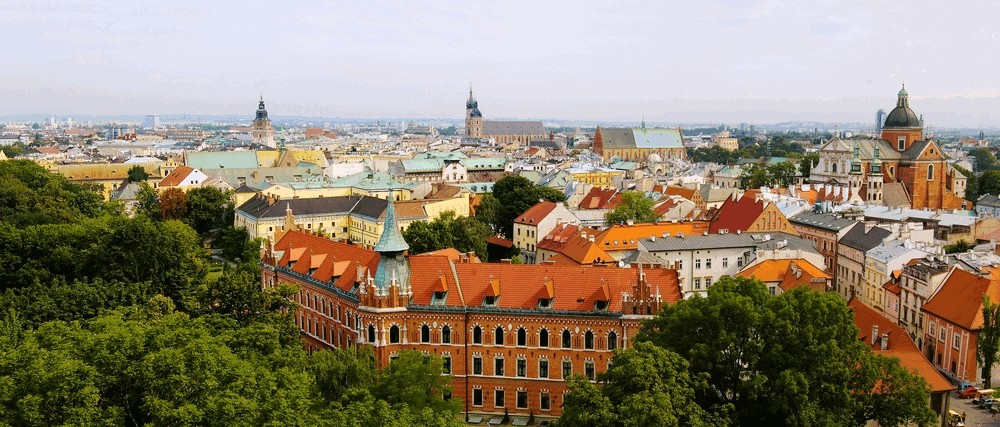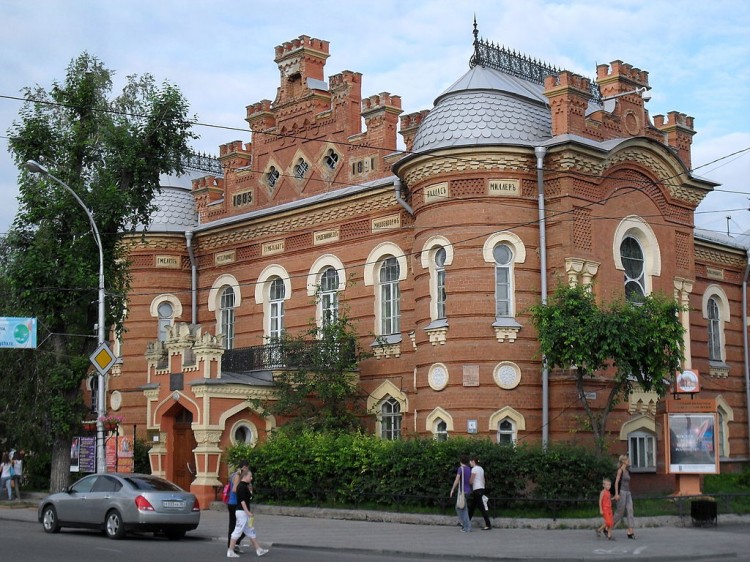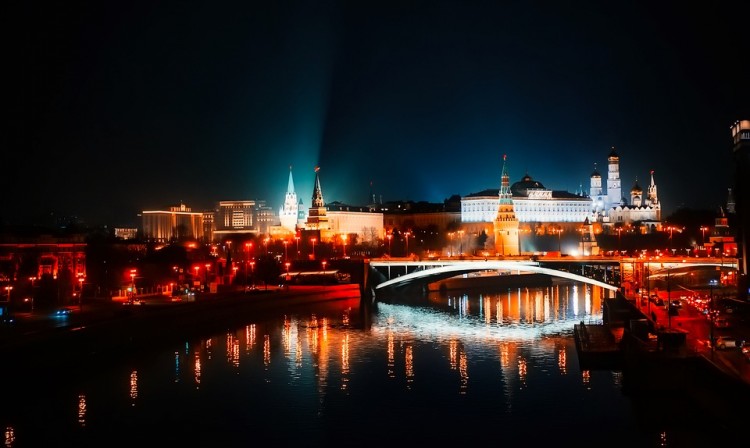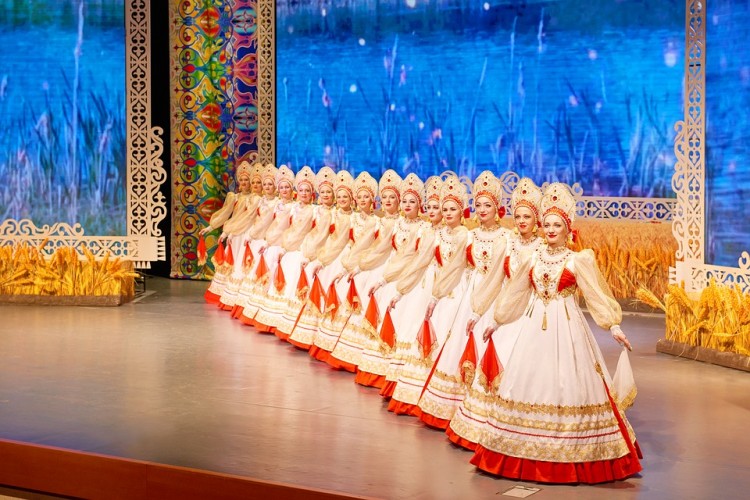Blog

This year Poland has proved that its famous hospitality is not just a stereotype. It's real. We've already accepted over 3 mln refugees from Ukraine (mostly women and children). We're providing them with a warm, safe place to stay. With food. With clothes. With all the basic things a human being needs. By coming to Poland, you support local entrepreneurs, many of whom have been selflessly helping the refugees. You give people jobs. You support our economy, which is under strain. This year it is more important than it has been ever before.

Russia offers its visitors all kinds of attractions in major historic cities of Moscow and St Petersburg. But what is life in the rural regions of Russia? How does a traditional Russian village look like? These are common questions among foreign travelers.

Murmansk, Russia's capital of Arctica, is the largest town in the world located above the Arctic Circle. It is a unique place and a great travel destination for the adventurous traveler. It is home to incredible untouched nature, fantastic views, and even magnificent fjords.

The famous Trans-Siberian railway tour is one of the greatest tours of our age. This once-in-a-lifetime tour offers an opportunity to travel through the vast territories of Russia, visit the beautiful Lake Baikal, admire the mountains and planes of Mongolia, and visit many other fascinating attractions.

Russian cities Moscow and St. Petersburg are the cities of the most thrilling nightlife. They are the best cities in Russia for nightlife. Russian night club entertainments won't let you sleep all night long.

Russia is a modern country with the Russian traditions deeply rooted not only in the religion but also in pagan Russian customs and traditions. People believe in numerous omens and legends and still celebrate pagan holidays like Maslenitsa (Shrovetide) and Ivan Kupala.





